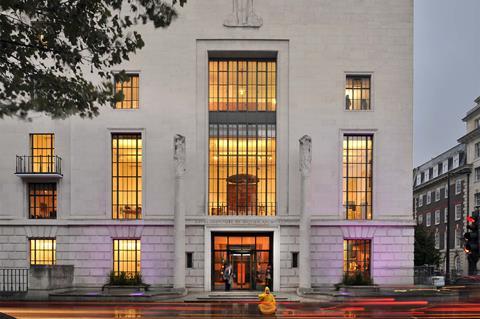But uncertainty over the election and high interest rates are dampening investment, according to latest Future Trends survey
Optimism about future workloads ticked up last month as market conditions showed signs of improvement, according to RIBA’s latest Future Trends survey.
The average number of architects expecting their workloads to increase over the next three months rose by five index points to -3 in the survey’s calculation of the general mood in the profession.
Any number below zero indicates that practices on balance expect workloads to fall in the near term. The figure has now been negative for eight consecutive months, the longest run of pessimism in the sector since RIBA’s survey started in 2009.

However, the five-point increase seen in February is the fastest rise in workload expectations since last September and the second consecutive monthly increase.
Three out of four monitored sectors also saw a bump, with private housing rallying by seven points to -5 and the commercial and public sectors edging up by two and three points respectively.
RIBA’s head of economic research and analysis Adrian Malleson said some practices had been reporting an “overall improving market” as inflation rates continue to fall.
“While practices still expect falling workloads overall, it appears we can be moderately optimistic,” he said. “Crucially, the outlook for work in the housing sector is significantly less gloomy.”
But he added that many firms were still under pressure due to a weak economy, raised interest rates and ongoing planning delays, while others said uncertainty around the general election was deterring investment from local authorities.



























No comments yet